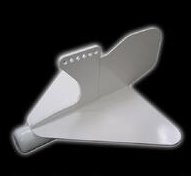I’m using two 38” trolling bags on my 38’ twin Lehman 80’s C&L trawler. Using them to get down to 2-3 knots for salmon trolling.
My question is is it better for the motors to run both motors at a slower rpm like 1000-1100, or should I run one at a little higher rpm 1300-1400 and alternate the motors? I don’t care about fuel consumption I’m more concerned about making the motors happy while slow trolling for hours on end.
My question is is it better for the motors to run both motors at a slower rpm like 1000-1100, or should I run one at a little higher rpm 1300-1400 and alternate the motors? I don’t care about fuel consumption I’m more concerned about making the motors happy while slow trolling for hours on end.

